In an era of rising energy costs and growing environmental awareness, transforming your house into an energy-efficient sanctuary is more critical than ever. It's not just about saving money on utility bills; it's about enhancing daily comfort, increasing your property's long-term value, and significantly reducing your carbon footprint for a more sustainable future. Many homeowners believe that achieving meaningful energy savings requires a massive, complex, and costly overhaul of their entire property.
The reality, however, is that a series of strategic, actionable upgrades can yield substantial results. This guide cuts through the noise to provide a curated roundup of the most impactful energy efficient home tips, blending simple DIY tasks with powerful smart technology integrations. We will explore a comprehensive roadmap that covers everything from foundational improvements like air sealing and insulation to advanced upgrades such as smart thermostats and high-efficiency appliances.
This list is designed to be a practical resource, offering specific implementation details for each recommendation. Whether you are a new homeowner, a tech enthusiast, or simply looking to make your living space more eco-conscious, you will find actionable steps to create a more comfortable, economical, and sustainable home environment. Prepare to discover how targeted improvements can lead to significant savings.
1. LED Lighting Conversion
Upgrading to LED (Light Emitting Diode) lighting is one of the most accessible and impactful energy efficient home tips you can implement. Unlike traditional incandescent bulbs that waste about 90% of their energy as heat, LEDs convert electricity directly into light via a semiconductor. This process makes them remarkably efficient and durable.
The financial and environmental benefits are substantial. On a large scale, cities like Los Angeles have saved millions annually by switching streetlights to LED. On a household level, the U.S. Department of Energy estimates that the average family can save about $225 per year on their energy bills by making the switch. This simple change reduces your carbon footprint and lowers electricity demand.
How to Implement Your LED Upgrade
Making the transition is straightforward. For maximum impact, start with the fixtures you use most frequently, such as those in the kitchen, living room, and primary bedrooms.
- Choose the Right Color Temperature: For a cozy, warm glow similar to incandescent bulbs, look for a color temperature of 2700K-3000K. For brighter, cooler light ideal for task-oriented areas like offices or garages, select 4000K or higher.
- Check for Certifications: Always opt for ENERGY STAR certified bulbs. This certification ensures the product has passed rigorous tests for performance, quality, and energy savings.
- Verify Compatibility: If you have dimmer switches, ensure you purchase "dimmable" LEDs, as standard LEDs may not function correctly. For enclosed fixtures, check the bulb's packaging to confirm it's rated for that use to prevent overheating and ensure a long lifespan.
The following chart illustrates the dramatic difference in energy use and longevity between LED and traditional incandescent bulbs.
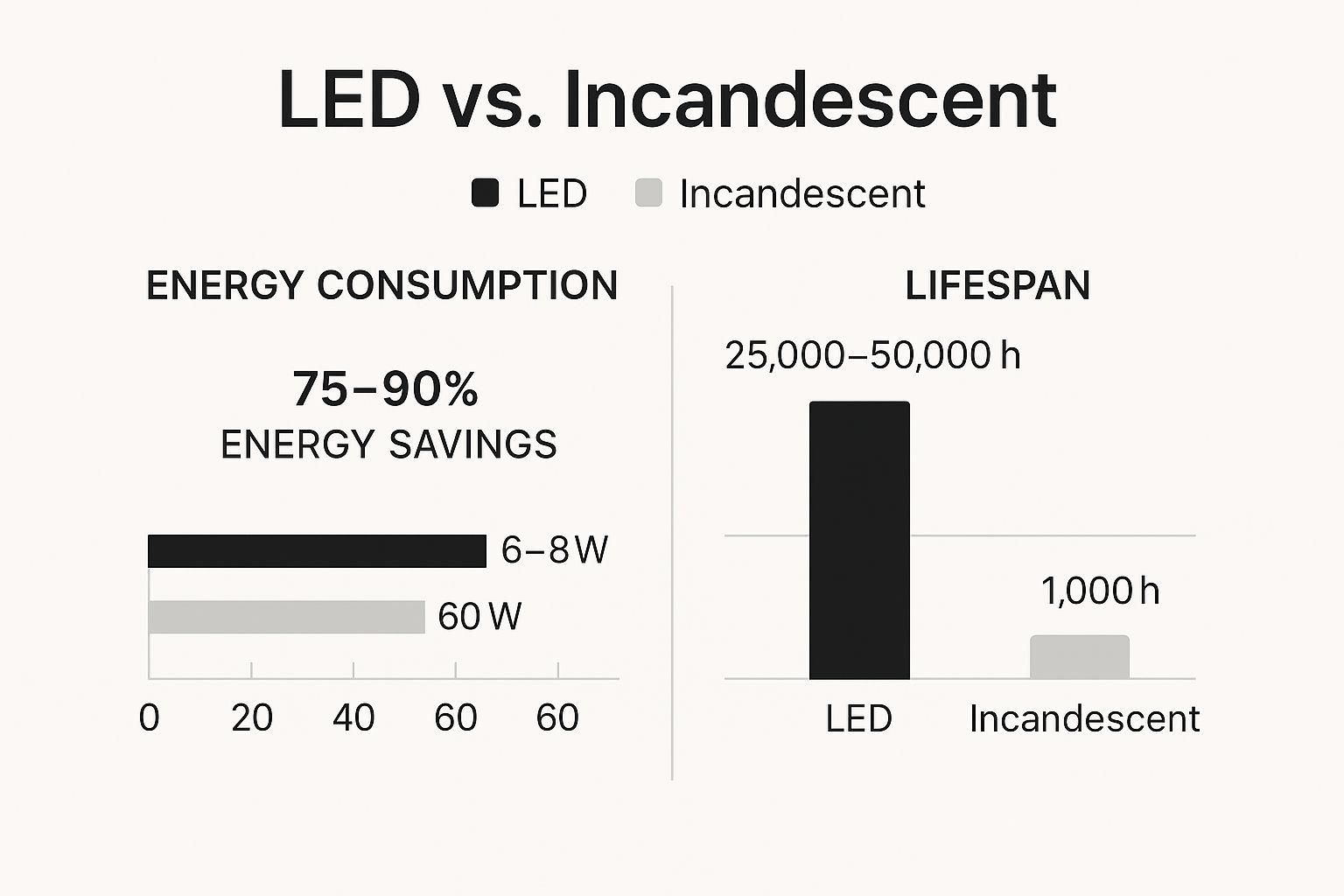
As the data clearly shows, an LED bulb consumes a fraction of the energy while lasting over 25 times longer, making it a superior long-term investment.
2. Smart Thermostat Installation
Installing a smart thermostat is a powerful upgrade among energy efficient home tips, automating your home's heating and cooling for significant savings. These Wi-Fi-enabled devices learn your household's patterns and adjust temperatures automatically, eliminating the energy waste from a manually controlled system. By using sensors, geofencing, and sophisticated algorithms, they ensure optimal comfort when you're home and efficiency when you're away.
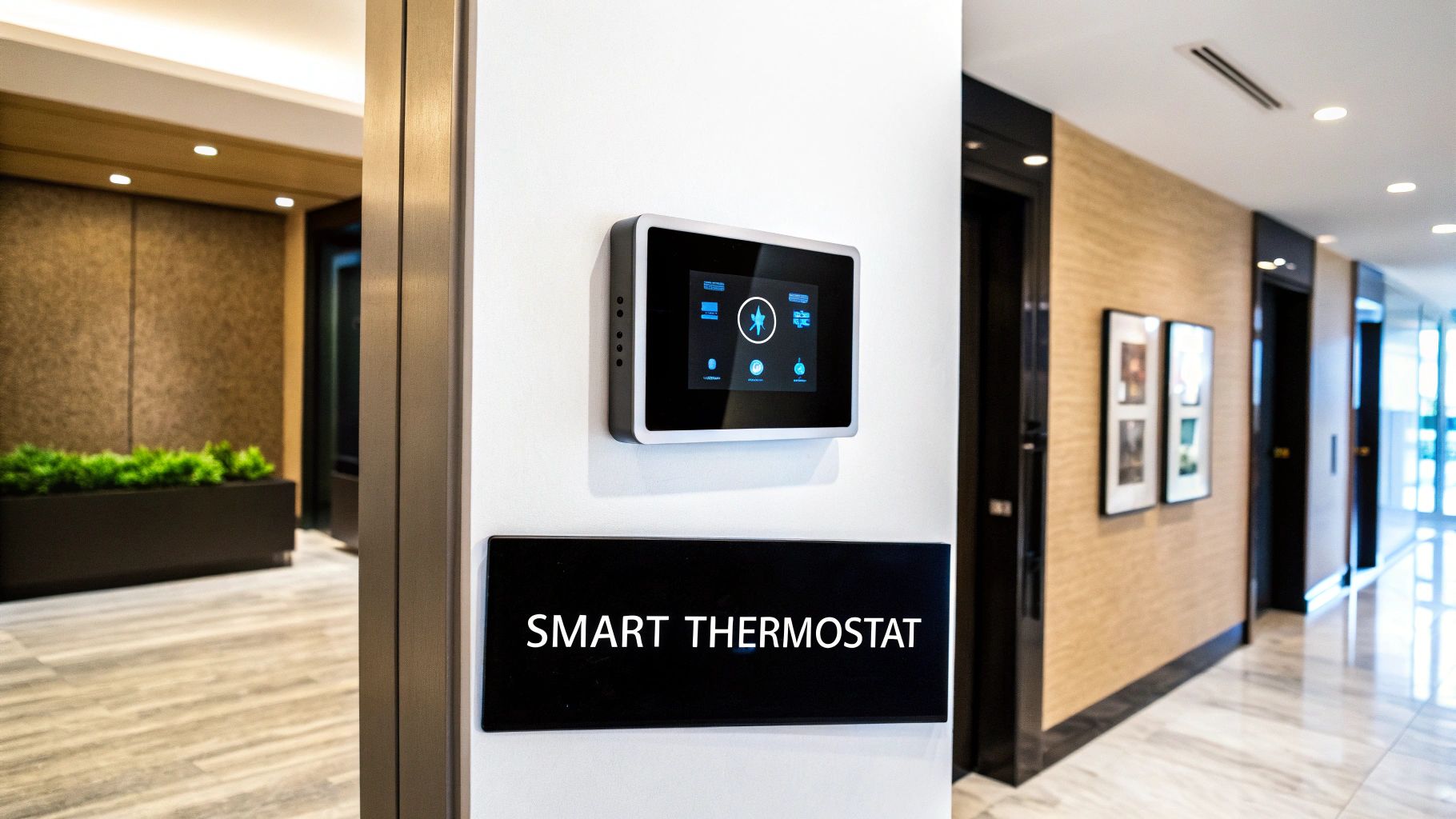
The financial and environmental impact is well-documented. Independent studies on Google Nest thermostats show users save an average of $131 to $145 per year on their utility bills. Similarly, a Honeywell study across 500 homes revealed heating and cooling savings of up to 20%. These savings stem directly from reducing HVAC operation when it's not needed, which lowers both your energy consumption and your home's carbon footprint.
How to Implement Your Smart Thermostat Upgrade
Proper setup is key to maximizing your thermostat’s energy-saving potential. For the best results, start by letting the device learn your habits before making manual changes.
- Optimal Temperature Settings: For a balance of comfort and efficiency, aim for 68°F (20°C) when home in the winter and 78°F (26°C) in the summer. Allow the thermostat to set back to 60-62°F (15-17°C) when you're asleep or away.
- Enable Smart Features: Activate features like geofencing, which uses your phone's location to automatically switch to an energy-saving mode when you leave and resume your preferred temperature as you return home.
- Review Energy Reports: Most smart thermostats provide detailed monthly energy usage reports. Use these insights to identify patterns and opportunities for even greater savings.
- Check for Rebates: Before purchasing, check with your local utility provider. Many, like Con Edison, offer substantial rebates (e.g., $85) for installing a certified smart thermostat, reducing your initial investment.
3. Air Sealing and Weatherstripping
One of the most effective energy efficient home tips is to seal air leaks throughout your home's envelope. Air sealing targets stationary cracks and gaps, while weatherstripping addresses moving components like doors and windows. The U.S. Department of Energy estimates that the cumulative effect of these small openings in an average American home is equivalent to leaving a three-by-three-foot window open all year long.
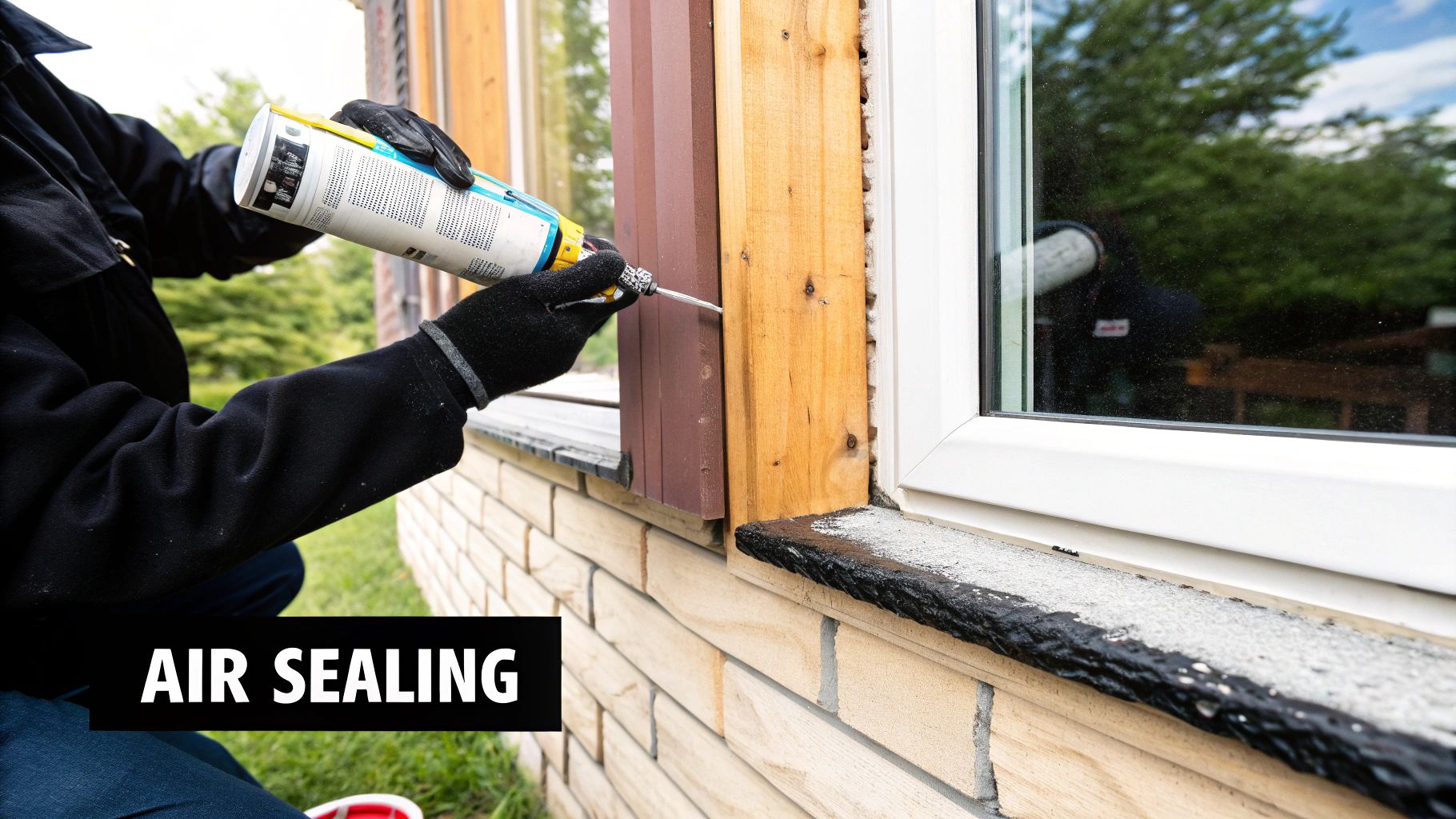
The impact of this conditioned air loss is significant. Sealing these leaks can reduce your heating and cooling costs by 15% to 30%, directly addressing the 25-40% of energy usage typically lost to air infiltration. For example, a Massachusetts homeowner reduced annual heating bills by $400 after a comprehensive air sealing project, demonstrating a substantial return on a relatively small investment.
How to Implement Air Sealing and Weatherstripping
You can begin finding and sealing leaks yourself with a few simple tools. For a thorough job, consider conducting a DIY audit, which you can learn more about with this home energy audit checklist. Focus on these key areas for the biggest impact.
- Identify Problem Areas: On a windy day, hold an incense stick near common leak spots like window frames, electrical outlets, attic hatches, and where plumbing enters your home. If the smoke wavers, you've found a leak.
- Choose the Right Sealant: Use caulk for gaps less than 1/4 inch wide. For larger gaps around pipes or in the attic, expanding foam sealant is more effective.
- Apply Weatherstripping Correctly: Install new weatherstripping on doors and windows when temperatures are above 20°F to ensure proper adhesion. Check existing strips and replace any that are cracked, compressed, or brittle. For maximum effectiveness, always seal air leaks before adding new insulation.
For a more precise analysis, a professional blower door test can identify hidden leaks that are difficult to find on your own. This small investment can reveal the most critical areas to address, maximizing your energy savings.
4. High-Efficiency HVAC System Upgrade
Upgrading your home's heating, ventilation, and air conditioning (HVAC) system is a high-impact investment for achieving significant energy savings. Since heating and cooling account for nearly half of the energy used in a typical U.S. home, modernizing this equipment provides one of the best returns. Old systems, particularly those over 10-15 years old, are far less efficient than today’s ENERGY STAR certified models.
The financial and comfort benefits are compelling. A modern high-efficiency furnace can achieve an Annual Fuel Utilization Efficiency (AFUE) rating of 95% or higher, meaning only 5% of its fuel is wasted. Similarly, new air conditioners with high Seasonal Energy Efficiency Ratio (SEER) ratings can be 30-50% more efficient than models from just a decade ago. For example, a Chicago homeowner was able to cut their annual heating costs by $600 by upgrading from an 80% to a 96% AFUE furnace.
How to Implement Your HVAC Upgrade
A successful HVAC upgrade requires professional planning and installation. To maximize your return on investment and ensure optimal performance, focus on proper sizing and selection.
- Insist on a Manual J Load Calculation: This is the most critical step. A professional contractor must calculate your home's specific heating and cooling needs to size the system correctly. An oversized unit will cycle on and off too frequently, wasting energy and failing to dehumidify properly.
- Compare Certified Equipment: Always choose ENERGY STAR certified systems. For air conditioners, look for a SEER rating of 16 or higher. For furnaces, aim for an AFUE of 95% or more. Consider a heat pump for moderate climates, as it provides both heating and cooling in one highly efficient unit.
- Seek Out Rebates and Tax Credits: Many utility companies offer substantial rebates for installing high-efficiency equipment. Additionally, federal tax credits can offset a significant portion of the cost, with some programs offering up to $2,000 for qualifying systems. Always check for available incentives before purchasing.
By planning your upgrade before a complete system failure, you give yourself time to make a well-informed decision that will improve your home's comfort and efficiency for years. Learn more about how modern HVAC systems integrate into an energy-efficient smart home for even greater control and savings.
5. Enhanced Insulation Installation
Upgrading the insulation in your home's attic, walls, and crawl spaces is a foundational step among energy efficient home tips. Proper insulation creates a thermal barrier, significantly slowing the transfer of heat between your living areas and the outdoors. This means your home stays warmer in the winter and cooler in the summer without forcing your HVAC system to work overtime.
The financial impact of this upgrade is substantial. The U.S. Environmental Protection Agency estimates that homeowners can save an average of 15% on heating and cooling costs by air sealing their homes and adding insulation. Case studies from the Department of Energy have shown that in under-insulated homes, heating costs can be reduced by over 50%, making this a powerful long-term investment in your property's efficiency and comfort.
How to Implement Your Insulation Upgrade
A strategic approach ensures you get the most significant return on your investment. The attic is often the best place to start, as it's typically the source of the most significant heat loss.
- Prioritize Air Sealing: Before adding new insulation, seal any air leaks around pipes, vents, and electrical wiring. Insulating without air sealing can trap moisture, potentially leading to mold and reducing the insulation's effectiveness.
- Know Your R-Value: R-value measures resistance to heat flow. The recommended level varies by climate. For cold climates, aim for R-49 to R-60 in the attic, while warmer climates generally require R-38 to R-49 for optimal performance.
- Handle with Care: When installing batt or blown-in insulation, avoid compressing it. Compression reduces its R-value and compromises its ability to trap air. Also, ensure attic vents remain unobstructed to maintain proper airflow and prevent moisture buildup.
- Consider Professional Help: While some insulation types like fiberglass batts can be a DIY project, complex jobs or materials like spray foam and dense-pack cellulose benefit from a certified installer to ensure a complete thermal and air barrier.
6. ENERGY STAR Appliance Replacement
Replacing outdated, power-hungry appliances is a major step toward a more energy efficient home. Models certified by the ENERGY STAR program meet strict energy performance standards set by the U.S. Environmental Protection Agency (EPA). These appliances are designed to do the same job while using significantly less energy, typically between 10-50% less than their standard counterparts.
The financial and environmental impacts are substantial. For instance, replacing a refrigerator from the 1990s with a new ENERGY STAR model can save a household over $270 in five years. Similarly, an ENERGY STAR certified front-load washing machine can save the average family about 7,000 gallons of water annually. This upgrade not only lowers utility bills but also conserves natural resources and reduces your home's overall carbon footprint.
How to Implement Your Appliance Upgrade
To maximize your savings, strategically plan your appliance replacement process. Focus first on the biggest energy consumers in your home, such as refrigerators, water heaters, and washing machines.
- Prioritize High-Impact Appliances: Start with your oldest and least efficient units. A refrigerator over 10 years old or a top-load washer from the early 2000s are prime candidates for replacement.
- Look for Rebates and Deals: Before buying, check with your local utility company and search state databases for available rebates on ENERGY STAR models. Timing your purchases around major sales events like Black Friday or Memorial Day can also lead to significant savings.
- Choose the Right Size and Features: An oversized appliance wastes energy. Select a model that fits your household's actual needs. For refrigerators, models without through-the-door ice and water dispensers are generally more efficient.
- Recycle Old Units: Many retailers and utility programs offer services to pick up and properly recycle your old appliance. Some utilities even provide a rebate for doing so, preventing harmful materials from entering landfills.
For more detailed guidance on choosing the right models, you can learn more about the best energy-efficient appliances available. By selecting certified products, you invest in long-term savings and a more sustainable household.
7. Window Upgrades and Treatments
Upgrading your windows and their treatments is a powerful energy efficient home tip, directly addressing a major source of heat loss and gain. Windows are responsible for 25-30% of residential heating and cooling energy use. By improving them, you can significantly enhance your home's thermal envelope, which is the barrier between the conditioned indoor air and the outside elements.
The financial and comfort benefits are substantial. For instance, the U.S. Department of Energy estimates that upgrading to ENERGY STAR certified windows can save homeowners between $101 and $583 per year when replacing single-pane windows. These upgrades not only lower utility bills but also improve year-round comfort by reducing drafts and condensation, making your home a more pleasant place to live.
How to Implement Window Upgrades
Improving your windows can range from simple, low-cost treatments to a full replacement. For maximum impact, assess your home's needs and climate to choose the right strategy.
- Prioritize Treatments: Start with cost-effective solutions. Energy-efficient treatments like cellular shades can reduce heat loss through windows by 40% or more, while thermal curtains create an insulating air pocket. Window film is another great option, costing a fraction of new windows while blocking unwanted solar heat.
- Understand Key Ratings: When considering new windows, look for the ENERGY STAR label and the National Fenestration Rating Council (NFRC) sticker. A low U-factor (below 0.30) is crucial for good insulation. Your climate also dictates the ideal Solar Heat Gain Coefficient (SHGC): colder regions benefit from a higher SHGC (0.40-0.60) to capture winter sun, while hotter regions need a low SHGC (0.25-0.40) to block solar heat.
- Replace Strategically: Full window replacement is a significant investment. Reserve it for windows that are damaged, drafty, or single-pane. When you do replace them, choose double or triple-pane models with low-E (low-emissivity) coatings and argon or krypton gas fills for superior performance. Always check for available federal tax credits and local utility rebates to offset the cost.
8. Water Heater Efficiency Improvements
Addressing your water heater is one of the most effective energy efficient home tips, as water heating is typically the second-largest energy expense in a home, accounting for 14-18% of utility bills. Traditional tank-style heaters constantly use energy to keep dozens of gallons of water hot. By upgrading to a high-efficiency model or implementing smaller improvements, you can significantly reduce this constant energy drain.
The financial and conservation benefits are substantial. According to the U.S. Department of Energy, simply lowering the thermostat on your water heater from 140°F to a still-safe 120°F can save you up to $61 annually. More significant upgrades yield bigger returns; a family in Colorado saved over $300 per year by switching from an old electric tank to a modern heat pump water heater. These changes reduce energy consumption and lower your household's overall carbon footprint.
How to Implement Your Water Heater Upgrades
You can approach water heater efficiency with a range of low-cost tweaks or a full system replacement, depending on your budget and your current unit's age.
- Implement Low-Cost Fixes First: Start with simple, high-impact actions. Lower your tank’s thermostat to 120°F (49°C). If your tank feels warm to the touch, add a pre-cut insulation blanket, which can save 4-9% on heating costs. Also, insulate the first few feet of hot and cold water pipes connected to the unit.
- Perform Regular Maintenance: Once a quarter, drain a quart or two of water from the tank's drain valve to remove sediment. This buildup forces the heater to work harder and reduces its efficiency and lifespan.
- Consider a Full Replacement: If your water heater is over 10-12 years old, plan a proactive replacement. For maximum savings, look for ENERGY STAR certified models. Heat pump water heaters can be 2-3 times more efficient than conventional electric models, while tankless (on-demand) heaters eliminate standby heat loss entirely, saving 25-50% on costs. Be sure to check for local and federal rebates, which can often save you $200-$1,000 on a new unit.
Energy Efficiency Tips Comparison Table
| Item | Implementation Complexity 🔄 | Resource Requirements ⚡ | Expected Outcomes 📊 | Ideal Use Cases 💡 | Key Advantages ⭐ |
|---|---|---|---|---|---|
| LED Lighting Conversion | Very Easy – DIY installation | Low (bulbs, minimal tools) | 75-90% lighting energy cost reduction | Quick, low-cost lighting upgrade | Long lifespan, instant savings, minimal heat |
| Smart Thermostat Installation | Moderate – may need pro installation | Moderate (device cost, possible wiring) | 10-23% heating/cooling cost savings | Enhancing HVAC efficiency & comfort | Adaptive learning, remote control, rebates |
| Air Sealing and Weatherstripping | Easy to Moderate – mostly DIY | Low (sealants, weatherstripping materials) | 10-30% heating/cooling savings | Draft elimination, HVAC efficiency improvement | Low cost, quick payback, comfort improvements |
| High-Efficiency HVAC Upgrade | High – professional required | High (equipment, installation) | 20-40% heating/cooling cost savings | Replacing old HVAC, long-term energy savings | High efficiency, comfort, tax credits |
| Enhanced Insulation Installation | Moderate – DIY possible, pro recommended | Moderate to High (materials, labor) | 10-50% heating/cooling cost savings | Homes with poor insulation, climate-specific | Long-lasting, comfort, HVAC load reduction |
| ENERGY STAR Appliance Replacement | Easy – standard or professional setup | Moderate (appliance cost, disposal) | $50-300+ annual energy savings per appliance | Replacing old inefficient appliances | Improved efficiency and features |
| Window Upgrades and Treatments | Easy (treatments) to High (replacement) | Moderate to High (materials, labor) | 7-50% heating/cooling energy savings | Window replacement or retrofit for energy loss | Comfort, noise reduction, UV protection |
| Water Heater Efficiency Improvements | Easy (settings/insulation) to Moderate (equipment) | Low to Moderate (products, installation) | 25-50% water heating cost savings | Reducing water heating energy use | Rebates, safety, hot water on demand |
Your Path to a More Efficient Home Starts Now
Embarking on the journey to a more energy-efficient home is a powerful, proactive investment in your financial well-being, your daily comfort, and the health of our planet. Throughout this guide, we've explored a comprehensive array of upgrades, demonstrating that enhancing your home's performance doesn't have to be an all-or-nothing endeavor. The path forward is paved with a diverse range of options, each offering unique benefits and catering to different budgets and timelines.
From the immediate, low-cost impact of meticulous air sealing and weatherstripping to the long-term, transformative power of a high-efficiency HVAC system, the key is to recognize that progress is incremental. You don't need to tackle everything at once. The most effective strategy is to start somewhere, today.
Key Takeaways for Immediate Action
To truly harness the potential of these energy efficient home tips, it's crucial to move from knowledge to action. Let's distill the core principles we've covered into a clear, actionable summary:
- Audit Your Foundation: Before making significant investments, address the fundamentals. Sealing air leaks and bolstering insulation are foundational steps that maximize the efficiency of every other system in your home. These improvements prevent conditioned air from escaping, ensuring your heating and cooling systems aren't working overtime.
- Embrace Smart Automation: Technology is your greatest ally. Installing a smart thermostat provides automated, intelligent control over a huge portion of your energy bill. Similarly, converting to smart LED lighting gives you granular control over consumption while drastically reducing electricity usage.
- Prioritize Major Systems: When the time comes for a replacement, always choose high-efficiency models. This applies to your "big ticket" items like your HVAC unit, water heater, windows, and major appliances. The upfront cost is an investment that pays dividends through years of lower utility bills.
Building Your Energy Efficiency Roadmap
The true value of this guide lies in its application. Don't let this wealth of information lead to paralysis. Instead, use it as a blueprint to create a personalized plan. Start by identifying the "low-hanging fruit" in your own home. Perhaps it's finally replacing the last few incandescent bulbs or applying new weatherstripping around a drafty door.
Once you've built momentum with these smaller victories, you can plan for larger projects. Use the insights here to research ENERGY STAR ratings for your next refrigerator or to get informed quotes for window upgrades. Every single action, whether it's adjusting your water heater's thermostat or programming a new smart device, contributes to a larger, cumulative effect. By taking control of your home's energy consumption, you are not just saving money; you are building a more resilient, comfortable, and sustainable living environment for the future. Your journey starts with a single step, and the time to take it is now.
Ready to take the next step in creating a truly intelligent and efficient home? The Automated Home Guide provides in-depth reviews, step-by-step tutorials, and expert advice on the latest smart home technology to help you implement these energy efficient home tips seamlessly. Visit Automated Home Guide to discover how automation can unlock your home's full potential.
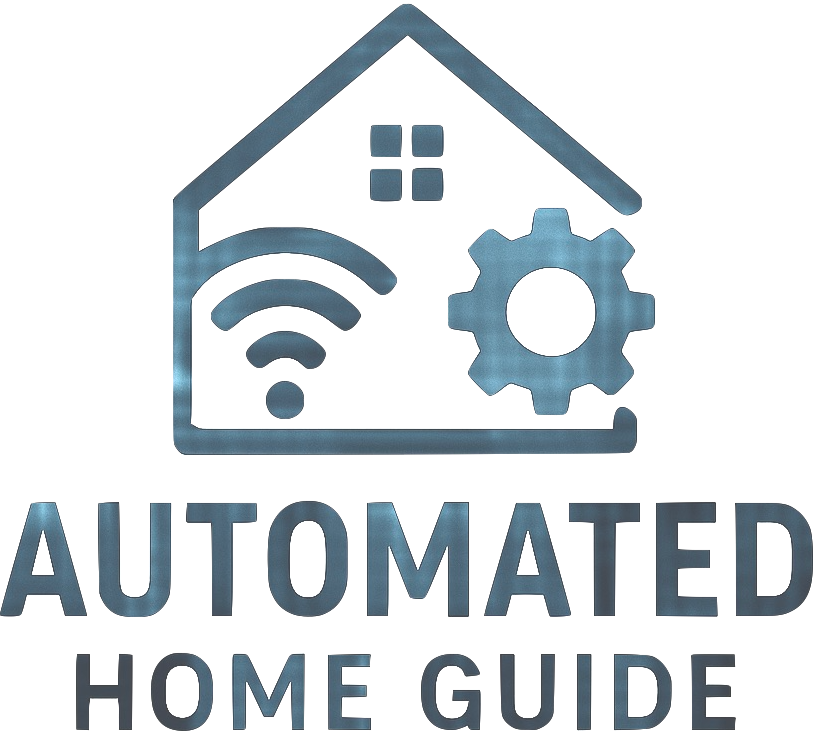
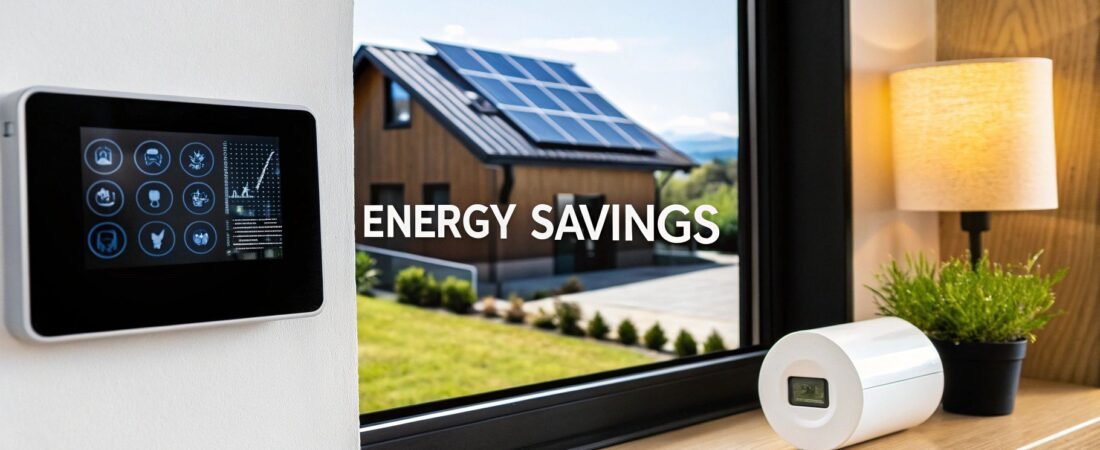
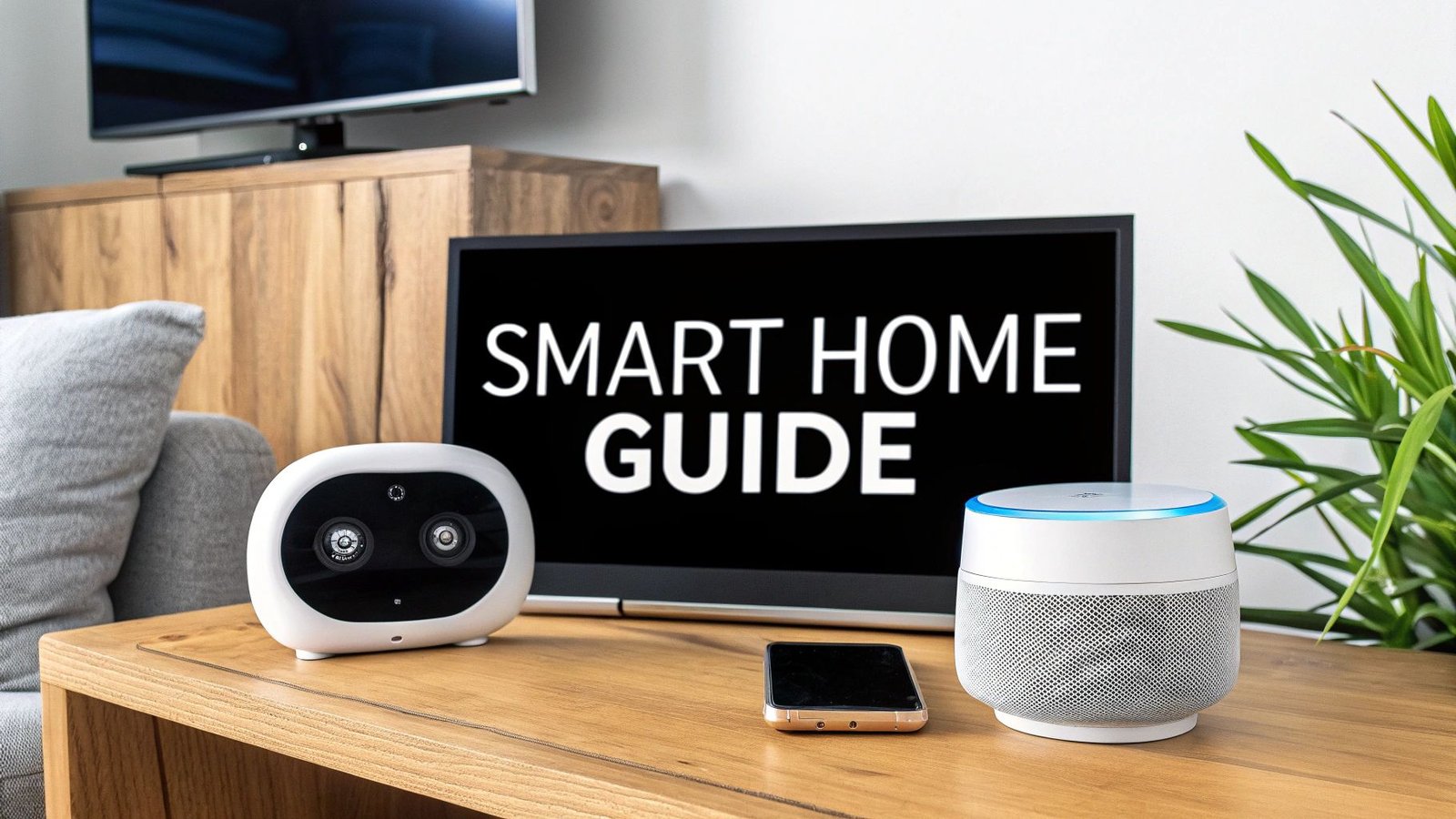
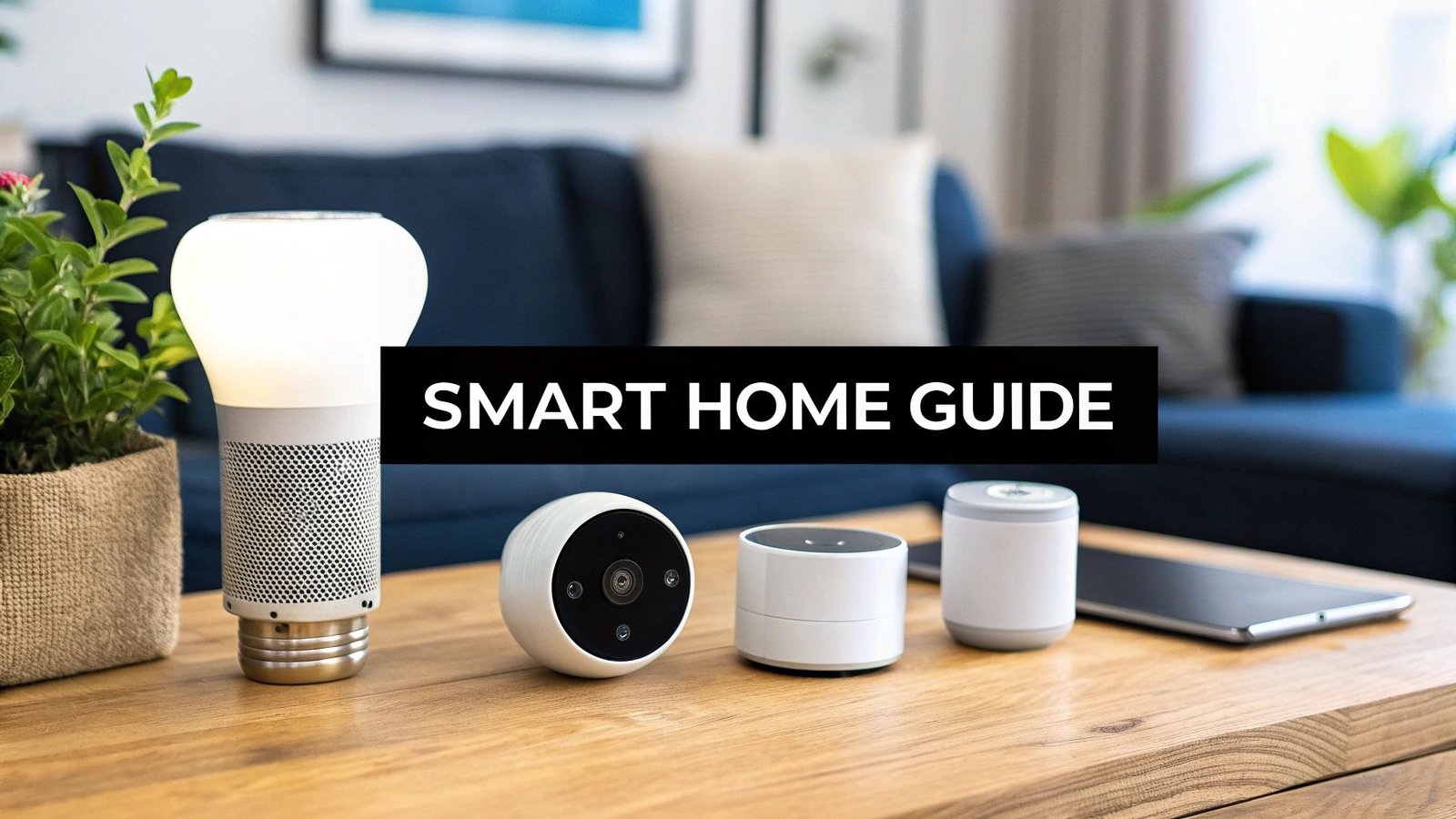
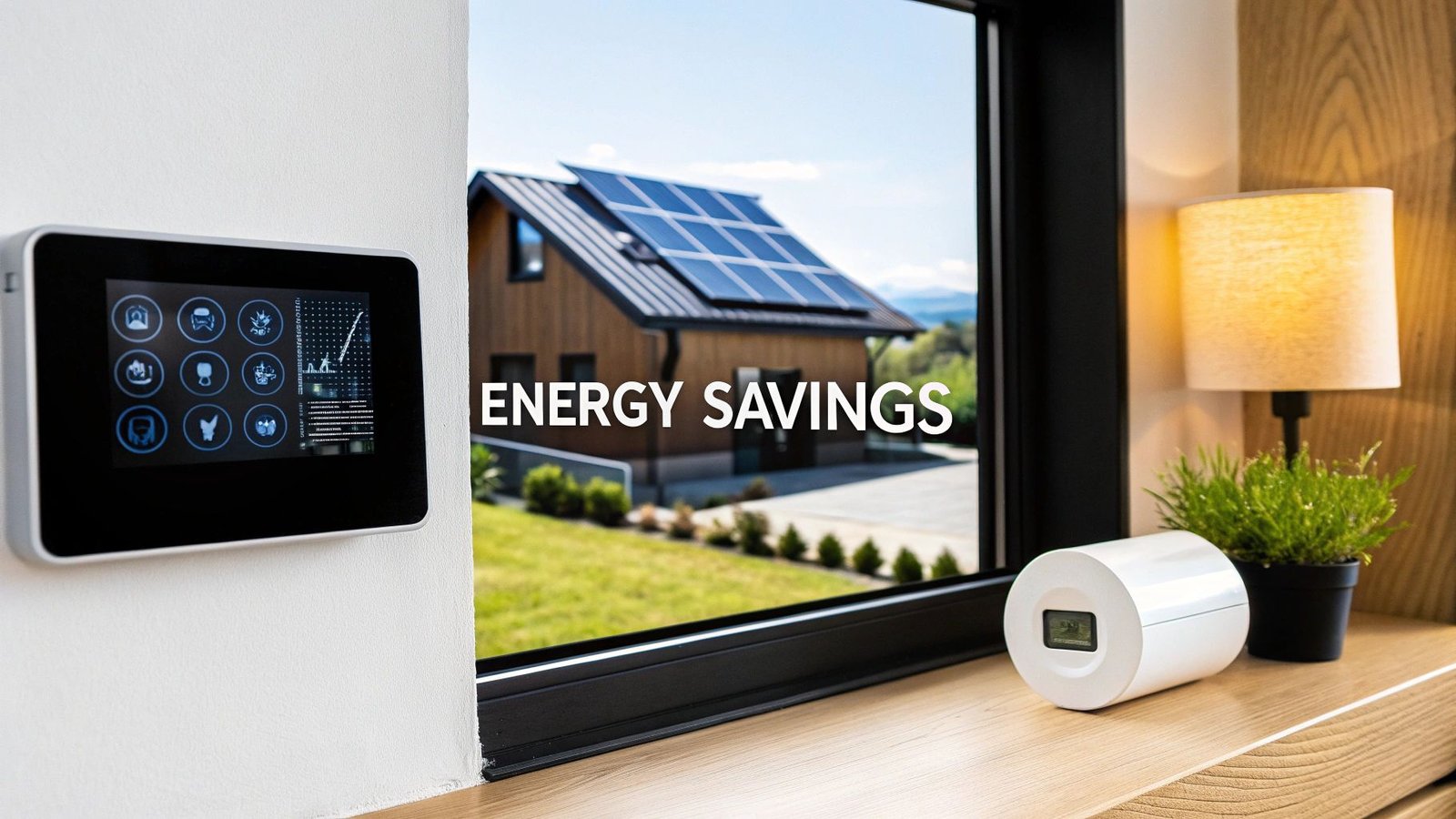
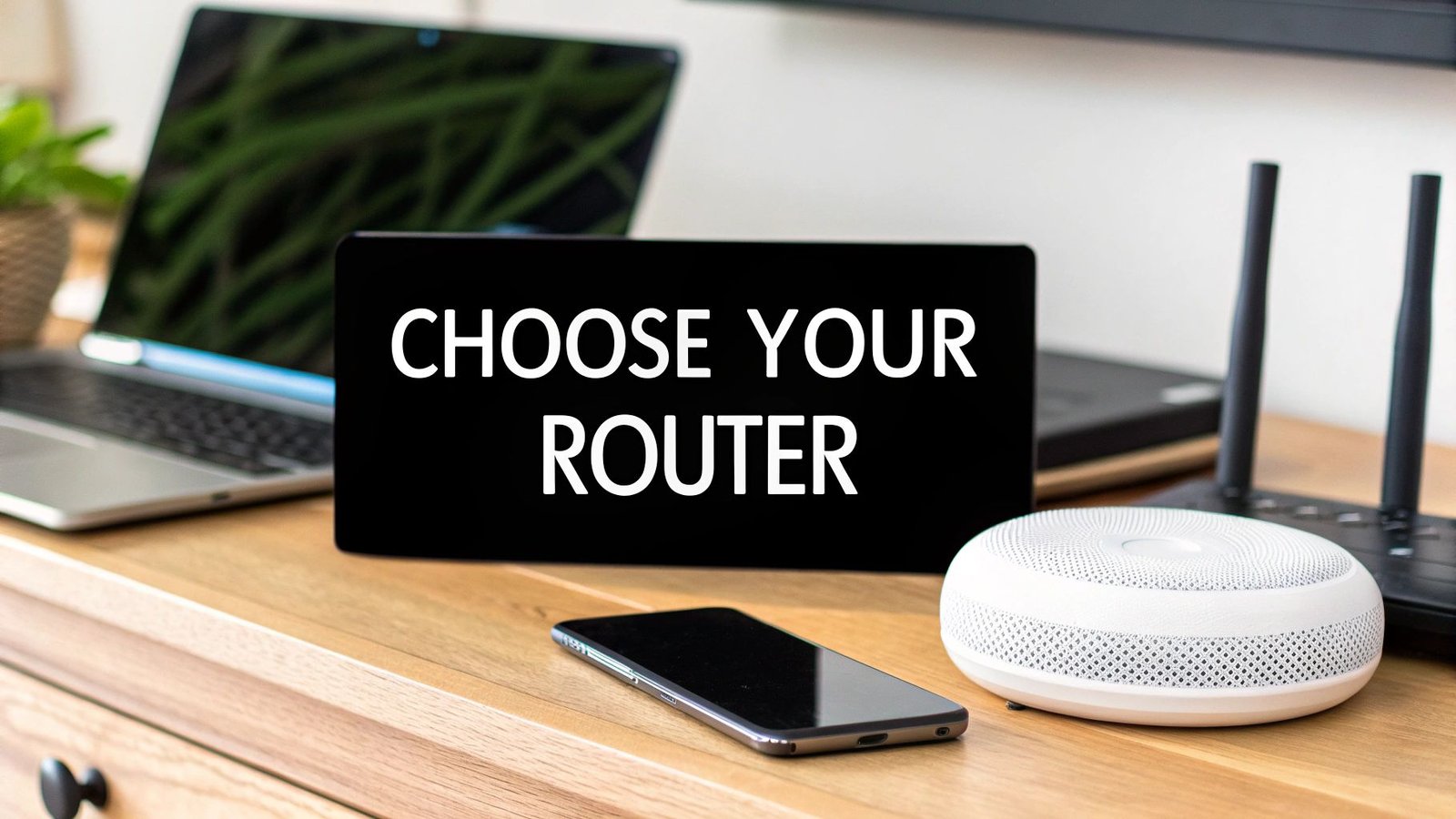
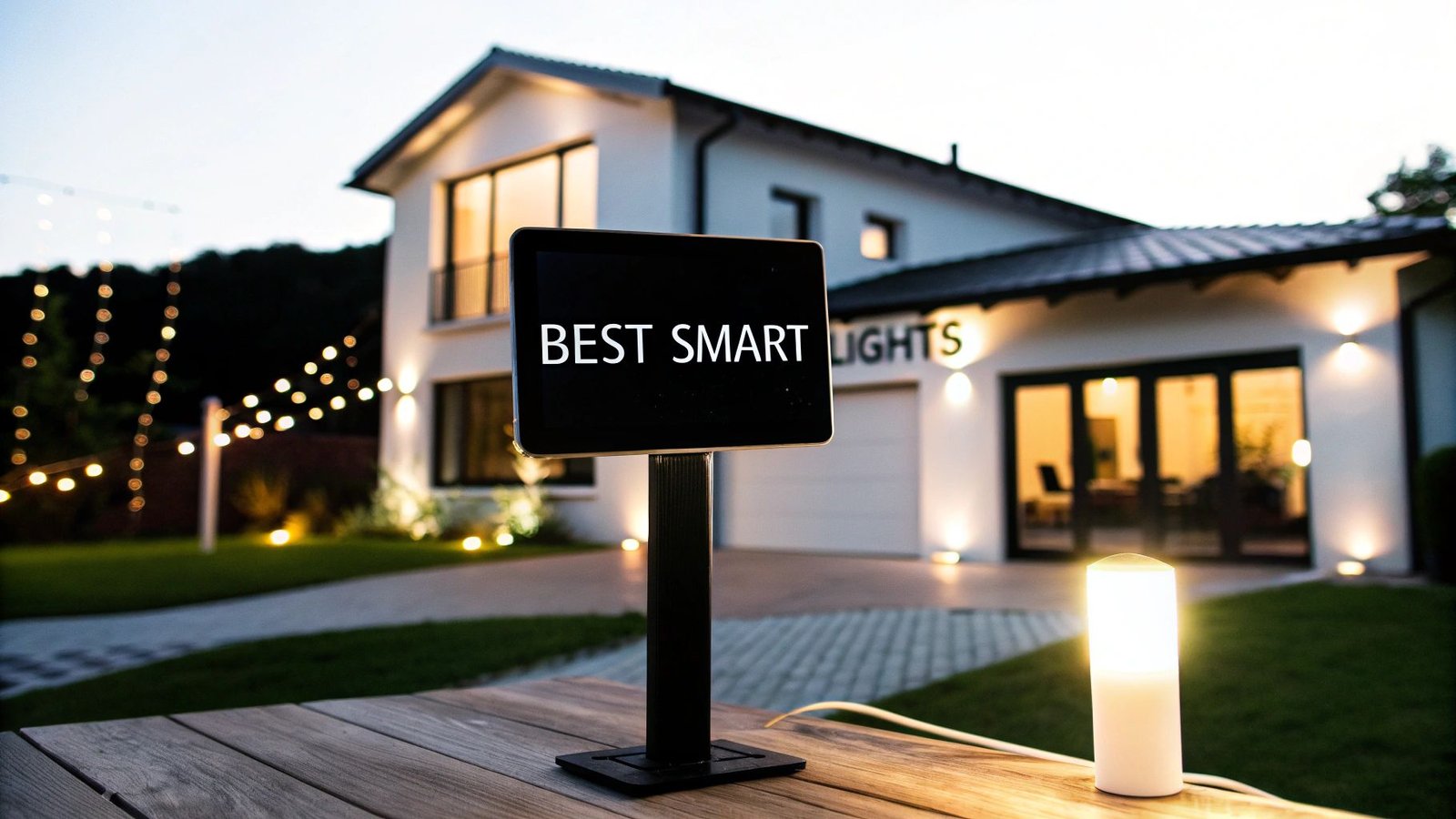
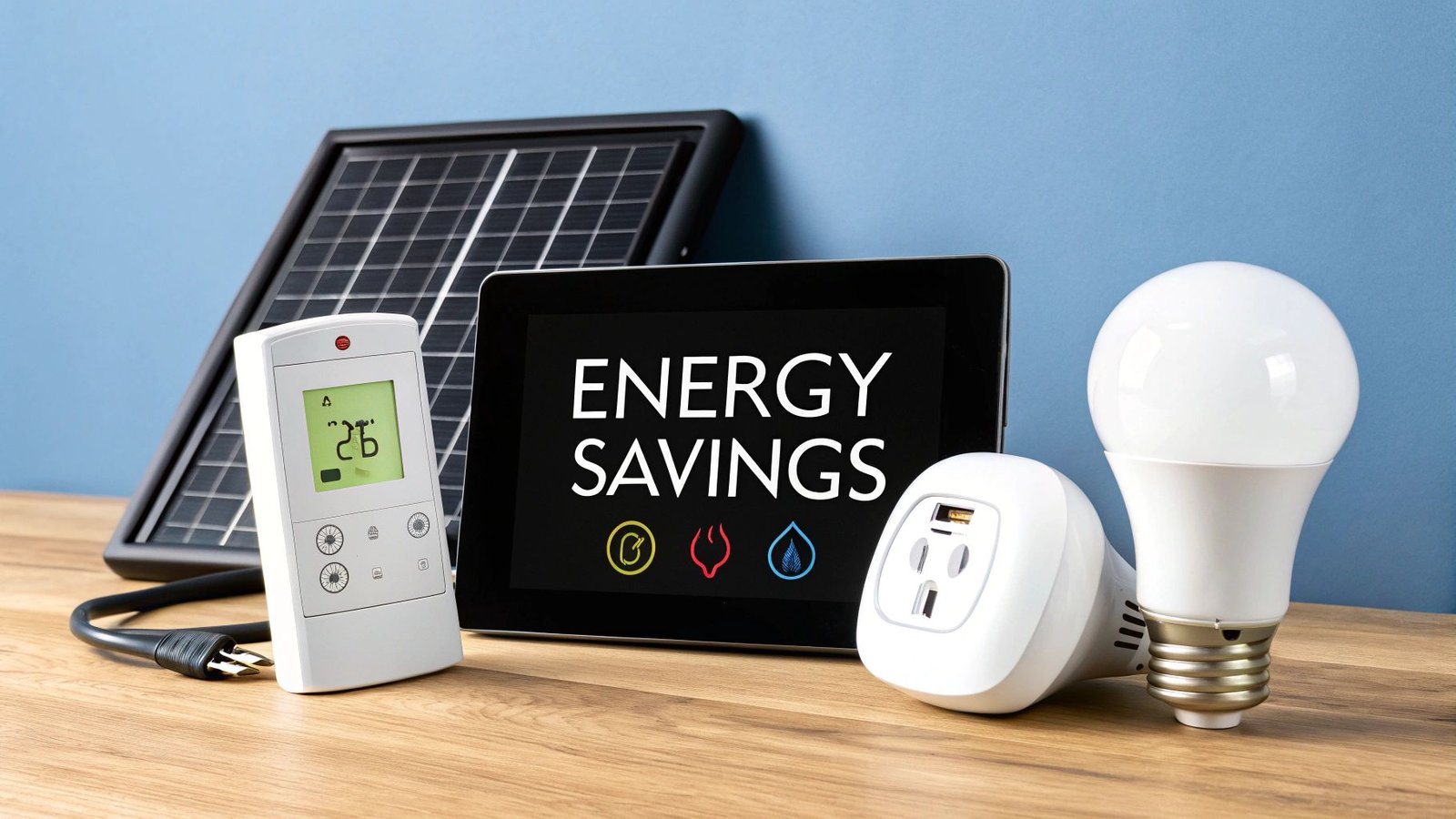
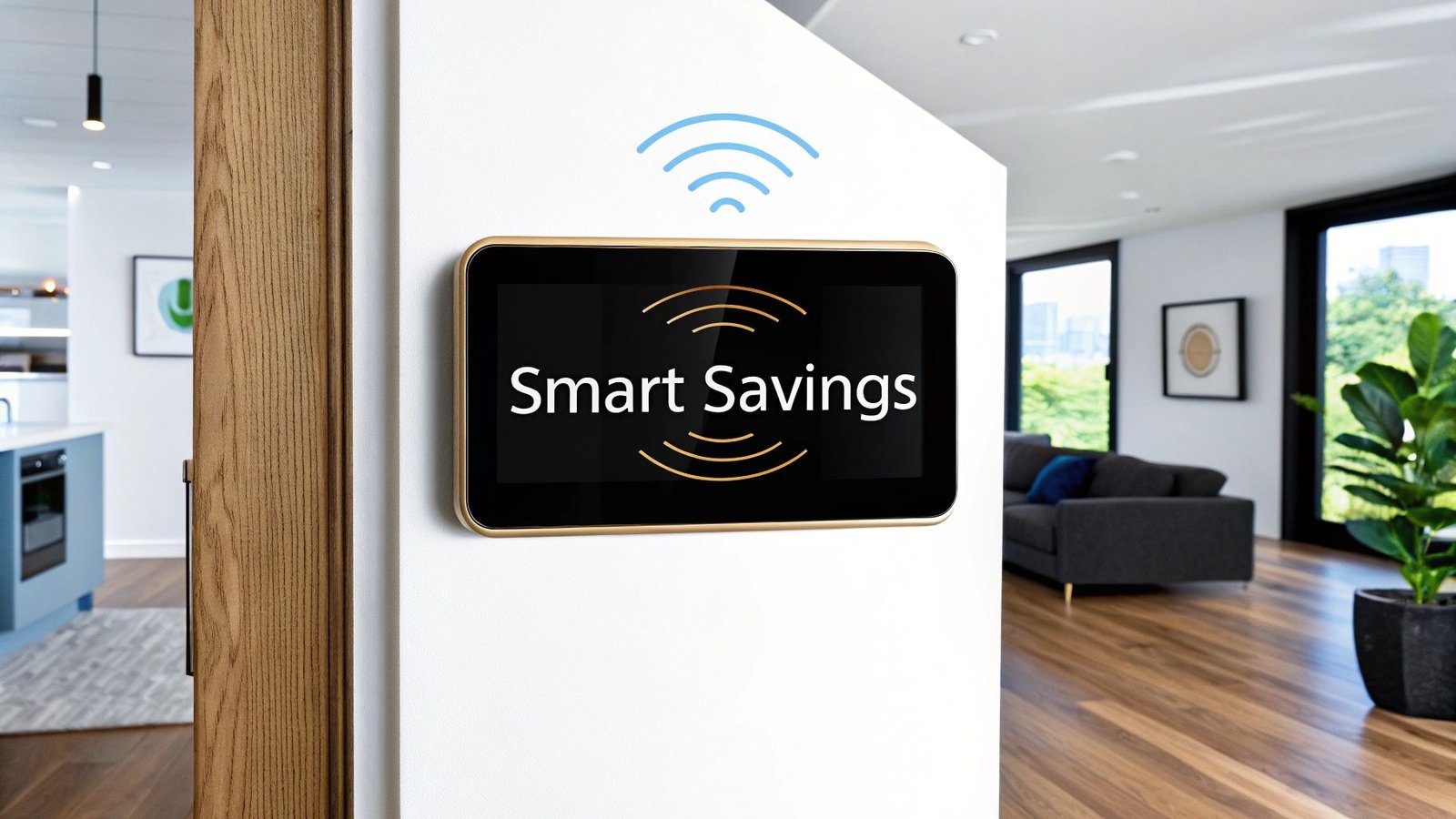
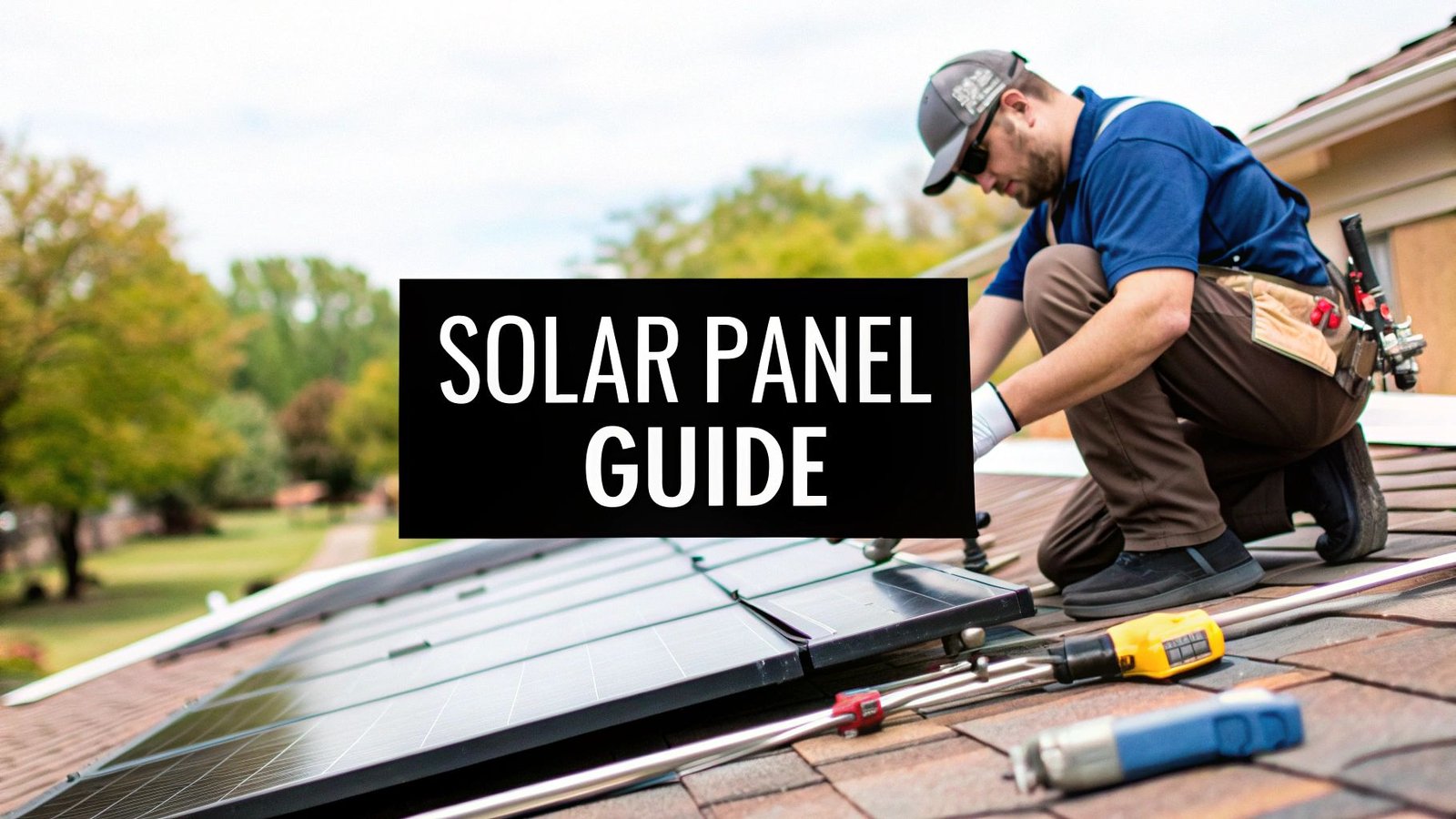
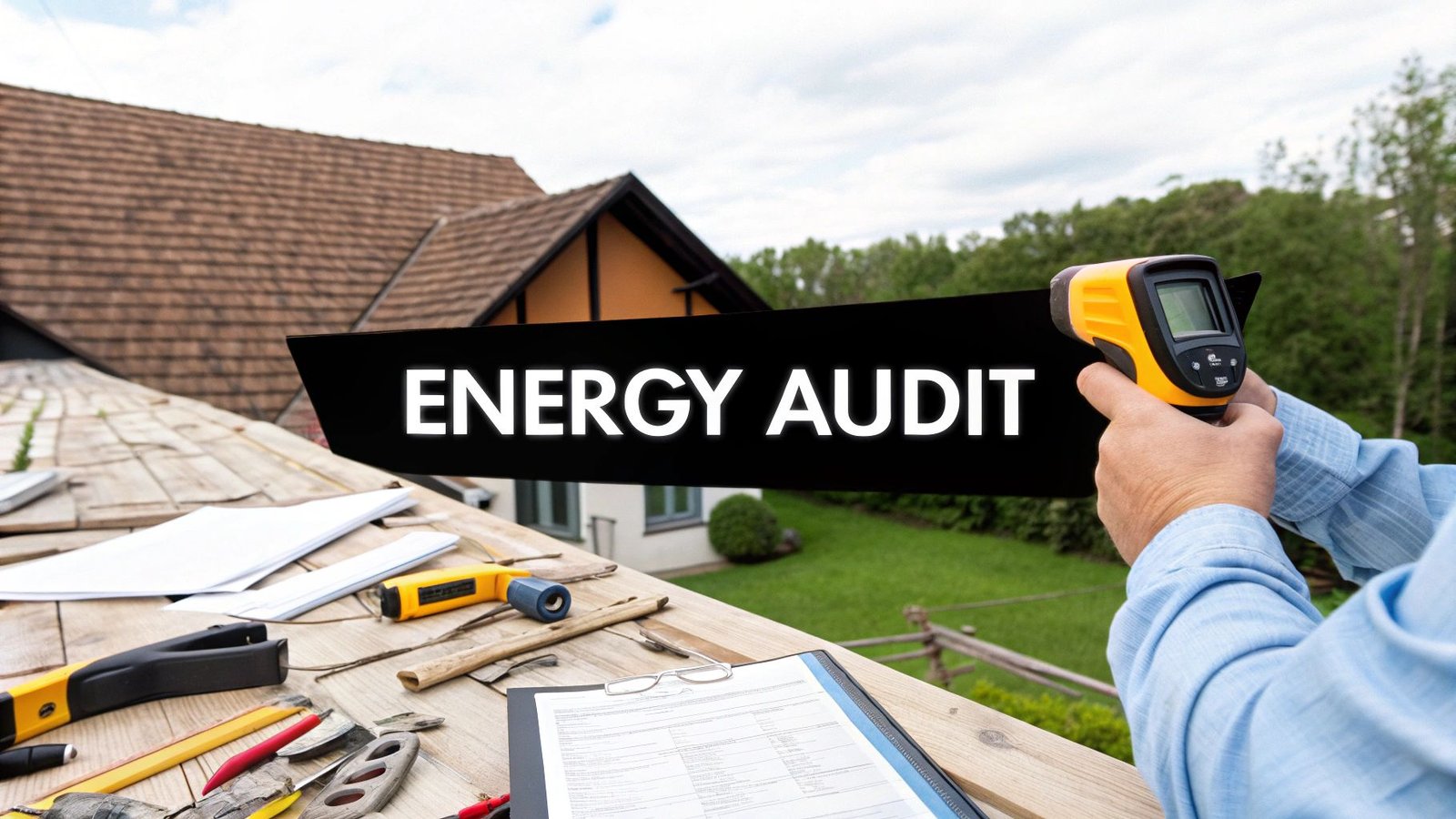
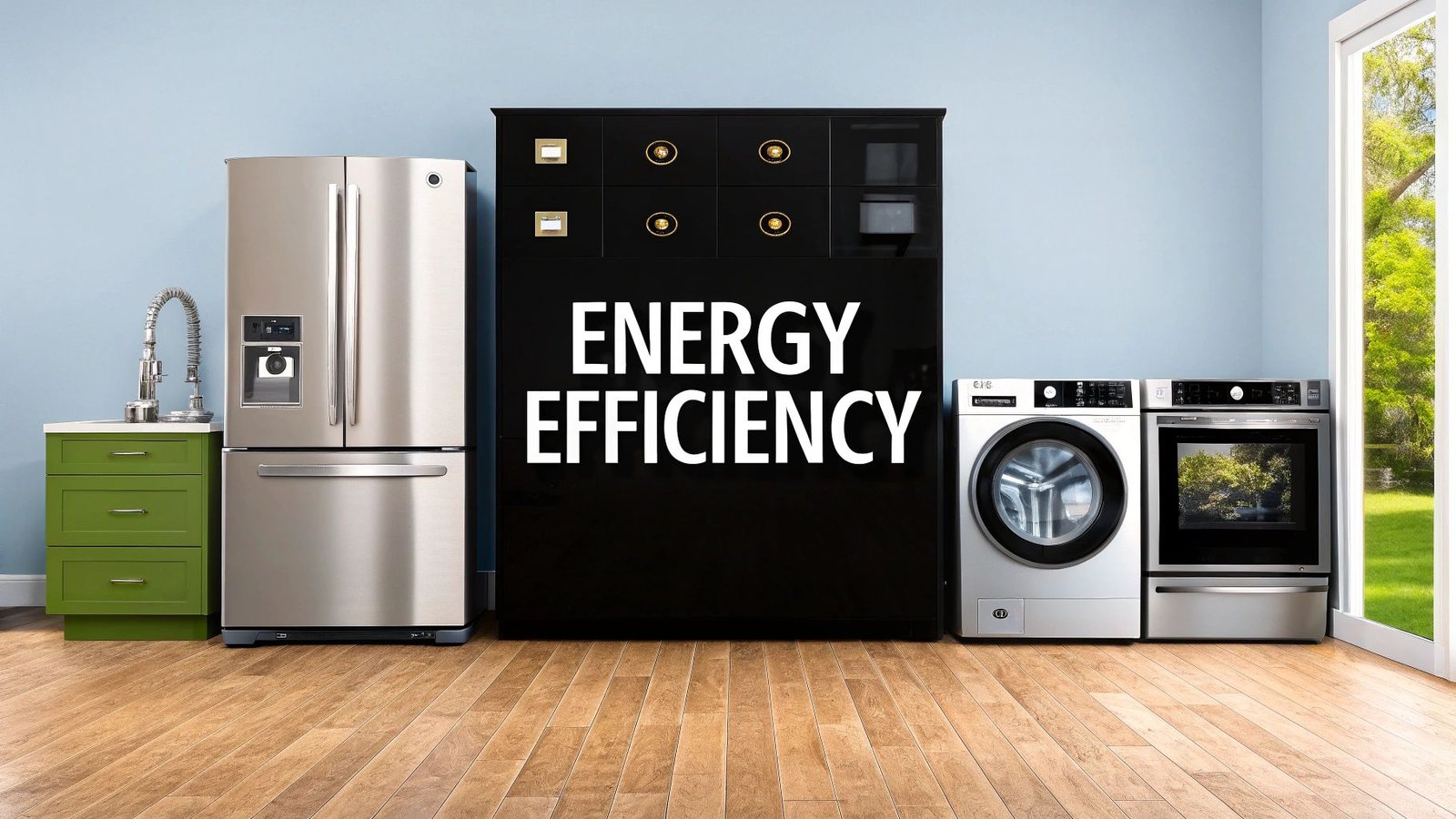
Leave a Reply